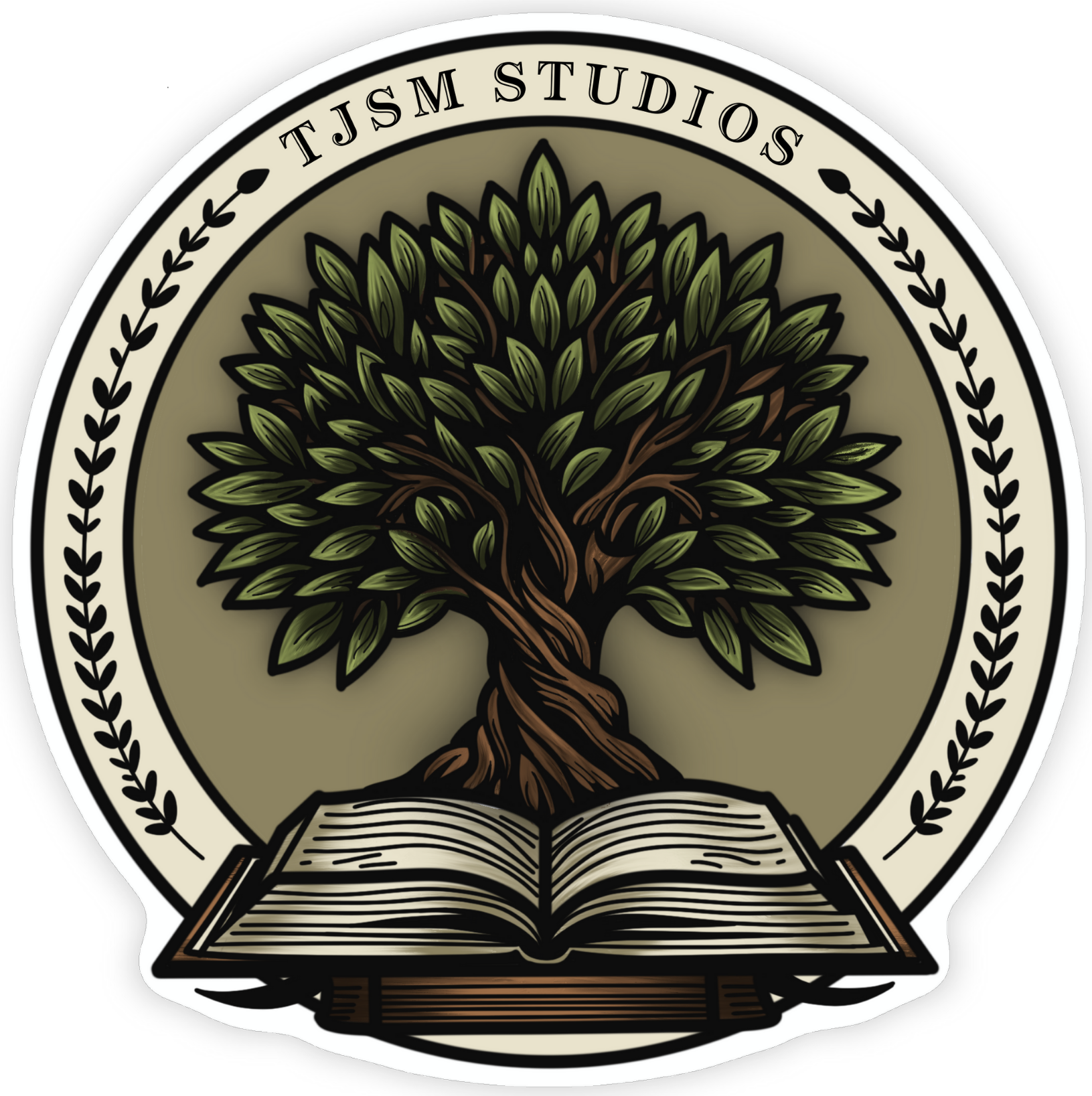This post may contain affiliate links, meaning I may earn a small commission at no extra cost to you.

Big dreams are beautiful. But they can also feel like boulders, immense, heavy, and impossible to move when you’re already tired, stretched thin, or trying to make space for a creative life alongside chronic illness, neurodivergence, or part-time work. Even the most exciting ideas can start to feel like burdens when there’s no clear way forward.
If you’ve ever sat staring at a blank planner page, wondering how to even begin, you’re not alone.
Here’s the truth we don’t hear enough: you don’t need to hustle, grind, or power through to make your goals real. You just need a way to break them down that honors your energy, your reality, and your pace. This guide will walk you through a slow, thoughtful approach to project planning, one that turns big goals into doable steps without overwhelming your mind or your body.
Together, we’ll explore how to move gently from “I want to” to “I’m doing it.”
Why Breaking Down Goals Matters
When a goal is too big or too vague, your brain sees a mountain instead of a map. This is especially true for those of us navigating limited energy, executive dysfunction, or the rollercoaster that is chronic illness. Even if the destination excites you, the journey can feel murky, and murky equals mental overload.
This is where the magic of chunking comes in.
Breaking a goal into phases gives it shape. Defining small, flexible tasks gives it movement. And suddenly, instead of asking yourself to do everything, you’re simply asking, what’s the next kind step I can take?
Gentle planning isn’t just about productivity. It’s about self-respect. It’s about reclaiming agency from perfectionism and overwhelm. When you plan in a way that matches your actual capacity, not your ideal or imagined self, you build momentum that lasts.
So let’s begin with where all sustainable progress starts: with your why.
Start with the Dream, Not the Deadline
Before diving into steps and schedules, pause to ask yourself: Why does this goal matter to me?
Imagine the goal as already done. What does that look like? More importantly, what does it feel like?
Maybe it’s the sense of pride after launching your first digital product. Maybe it’s the quiet joy of seeing your artwork in someone’s hands. Maybe it’s the relief of having finally set up that tiny-but-mighty online shop.
This emotional clarity is your north star. It helps anchor your decisions and protect you from detours based on urgency, comparison, or external pressure.
Use these gentle prompts to explore your dream:
- What do I hope this goal will give me?
- How will I know I’m done?
- What version of me is this goal meant to support?
Remember, you are allowed to want things just because they matter to your spirit. That’s reason enough.
Gentle Project Planning Basics
Let’s make this real. Here’s a simple, energy-conscious method to break down any big goal:
Step 1: Define 3–5 Phases
Think of these as the major chapters of your project. Each phase should feel like a meaningful step forward, not a massive leap. For example:
- Dream: “Start a creative business”
- Phases: Idea Exploration, Brand Building, Product Creation, Soft Launch, Feedback + Adjustments
Step 2: List Small, Flexible Tasks Under Each Phase
Within each phase, brainstorm bite-sized tasks. These should be clear enough to start without needing a perfect day. Examples:
- Sketch 3 logo ideas
- Write a rough draft of product description
- Set up Etsy shop header
Step 3: Use Energy-Led Planning Tools
Try these:
- Priority tiers: Label tasks as essential, helpful, or optional.
- Flexible timelines: Use ranges (“Week 1-2”) instead of exact dates.
- Energy notes: Flag tasks by type (creative, admin, social) to match your daily capacity.
Progress doesn’t need to be linear. It just needs to be yours.
Tools and Templates That Support You
You don’t need fancy tech to plan well. But you do need tools that feel good to use and are easy to revisit.
Some favorites:
- Paper planners: For tactile thinkers who enjoy writing things down.
- Trello: Great for visual mapping and drag-and-drop ease.
- Notion: Highly customizable if you want everything in one space.
And don’t forget the often-overlooked tool: rest planning. Build in buffer days. Allow wiggle room. Your future self will thank you.
Try time-blocking, but keep it soft. Think of it as penciling in space for certain kinds of work, not locking yourself into rigid slots.
Final Thoughts
You don’t have to do it all today.
You don’t have to do it all perfectly.
You just have to make space for your goals in a way that supports who you are now. Not the you from your most energetic day, or the you everyone expects. Just you. Right here. Right now.
So what’s one small project or tender dream you’d like to plan gently today?
If this approach resonates with you, consider downloading our free “Gentle Goal Mapping Template” to start your own low-pressure planning journey.
You can also check out our favorite tools for mindful project management, including adaptive paper planners, energy-aware Notion dashboards, and more [here].
Your dreams are worthy of a kind process. Let’s build them gently, together.
Suggested AI Prompt for Readers
You can use this prompt in ChatGPT or any AI assistant to help you take action on this blog topic.
“Guide me step by step through breaking down my big goal into gentle, low-pressure project phases with flexible tasks and energy-aware planning.”
10 Guided Journaling or Planning Prompts
- What’s a goal I’ve been avoiding because it feels too big?
- How would achieving this goal make me feel?
- What version of me is this dream meant to support?
- What are three small phases that would make this feel manageable?
- What tasks feel essential? What can be optional?
- What energy do I need to complete each type of task?
- Where can I build in rest without guilt?
- How do I want to feel during the process, not just at the end?
- What does gentle progress look like for me?
- What would I say to a friend who’s afraid to start? Can I offer that to myself?
FAQ: Planning Big Goals Without Burning Out
Q1: What is “gentle project planning”?
A1: Gentle project planning is a slow, thoughtful approach to achieving big goals that honors your energy, reality, and pace. Instead of hustling or grinding, it focuses on breaking down goals into manageable, flexible steps to avoid overwhelm and burnout, especially for those with limited energy, chronic illness, or neurodivergence.
Q2: Why is it important to break down big goals?
A2: When goals are too large or vague, they can feel overwhelming and impossible to start, leading to mental overload. Breaking them into smaller phases and tasks, often called “chunking,” makes the journey clearer, builds sustainable momentum, and helps you feel more in control of your progress.
Q3: How do I start planning my big goal using this gentle approach?
A3: Begin by identifying your “why” – the core reason and emotional benefit of achieving your goal. Then, define 3-5 major phases for your project, followed by listing small, flexible, bite-sized tasks within each phase.
Q4: What are “energy-led planning tools”?
A4: These are strategies to align your planning with your actual energy levels. Examples include prioritizing tasks (essential, helpful, optional), using flexible timelines (e.g., “Week 1-2”), and flagging tasks by the type of energy they require (creative, admin, social) so you can match them to your daily capacity.
Q5: What tools or templates are recommended for gentle project planning?
A5: You don’t need fancy tech! Paper planners, visual tools like Trello, or highly customizable platforms like Notion are all great options. The most important “tool” is “rest planning,” which involves building in buffer days and allowing for wiggle room to prevent burnout.
Q6: How does “rest planning” fit into gentle goal setting?
A6: Rest planning is crucial for sustainable progress. It means intentionally scheduling buffer days and allowing flexibility in your timeline. Your ability to consistently work on your goals is directly linked to your ability to rest and recover, ensuring you don’t burn out.
Q7: Can I use AI to help with gentle project planning?
A7: Yes! You can use an AI assistant like ChatGPT with prompts such as: “Guide me step by step through breaking down my big goal into gentle, low-pressure project phases with flexible tasks and energy-aware planning.” This can help you brainstorm and organize your thoughts.
Q8: This sounds great, but I’m worried about perfectionism. How does gentle planning help?A8: Gentle planning actively combats perfectionism by encouraging you to focus on “what’s the next kind step I can take” rather than trying to do everything perfectly at once. It emphasizes progress that is yours and matches your actual capacity, not an idealized version of yourself.
